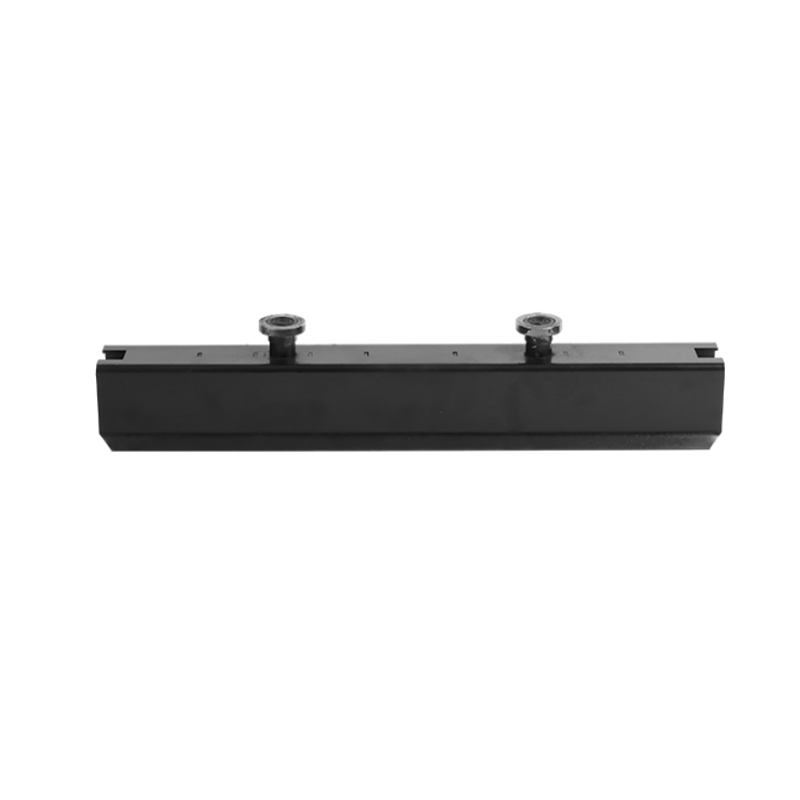Lifting System For Precast Concrete
Here are the core advantages of precast concrete:
Content
1. Faster Construction:
Factory and construction sites can work simultaneously: While the foundation is being dug, the factory is already producing wall panels and stairs, ensuring no delays.
On-site assembly is like building blocks: Precast concrete is directly hoisted to the site, saving time spent on formwork, rebar tying, and waiting for the concrete to set.
2. Stable Quality and Fewer Defects:
Strict factory environment control: Indoor production is unaffected by weather, ensuring precise concrete mix proportions and reducing the likelihood of cracking or sand buildup.
Smooth and Aesthetically Pleasing Surface: The precast concrete molds provide a smooth or textured finish, eliminating the need for additional plastering and finishing.
3. Cost and Labor Savings:
Reusable molds: When producing large quantities of identical components (such as dormitory rooms), the cost of the molds is spread out, making it more cost-effective.
Fewer Skilled Workers Required: On-site work mainly involves hoisting, reducing the need for extensive carpentry and masonry work, thus lowering labor costs.
4. Cleaner Construction Site:
Significantly Reduced Noise and Dust: The absence of on-site concrete mixing noise and dust minimizes disturbance to nearby residents.
5. Less Waste Material:
Factory scraps can be recycled, resulting in virtually no waste wood planks or cement residue on construction sites.
6. Stronger, More Durable, and Longer Lifespan
More Thorough Maintenance: Factory-accelerated steam curing results in concrete strength higher than that of naturally cured concrete.
Superior Rust Prevention: Reinforcing steel is thoroughly rust-proofed in the factory, avoiding the problem of missed rust-preventive paint application during rush work on site.
7. Significant Advantages in Special Scenarios
Working Continues in Extreme Temperatures: Factory production continues as usual in winter, ensuring uninterrupted construction progress in northern regions during winter.
Safer for Hazardous Structures: Factory prefabrication of high-risk components such as tunnel segments and nuclear power plant protective covers ensures higher quality.
8. Environmental Benefits
Saving Timber and Protecting Forests: Reducing timber consumption by eliminating the need for large quantities of wood planks for formwork.
Waste Recycling: The factory can incorporate recycled waste materials (such as broken glass shards) as aggregate, making it more environmentally friendly.










